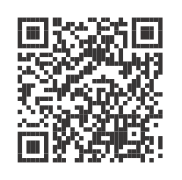Persistent Crying in Infants
- Home
- Women
- Breastfeeding
- Breastfeeding a Baby with Special Health Concerns
- Persistent Crying in Infants


Many babies are fussy, especially in the evening. But if your baby cries for long periods with no clear reason, they may be experiencing persistent crying episodes (used to be known as “colic”).
Persistent crying episodes typically start when a baby is 2 to 4 weeks old and often improve or go away by the time they are 3 to 4 months old.
If you’re breastfeeding, talk to your doctor or WIC before making any changes to your diet. They can help you figure out if certain foods might be affecting your baby.

For more support/information, learn more about the PURPLE Crying Program, which helps you understand why your baby cries a lot. It will teach you that it’s normal for babies to cry and that you shouldn’t shake your baby. Shaking your baby can hurt them very badly.
The program provides you with videos and books that explain why babies cry and what you can do when your baby won’t stop crying. The program has been studied to ensure that it helps parents like yourself and keeps babies safe.
Install this web app on your iPhone: tap ![]() and then Add to Home Screen.
and then Add to Home Screen.
Side-Lying Hold
This hold is useful when:
Cross-Cradle Hold
This hold is useful when:
Clutch or “Football” Hold
This hold is useful when:
Cradle Hold
This hold is useful when:
Laid-Back Hold
This hold is useful when: